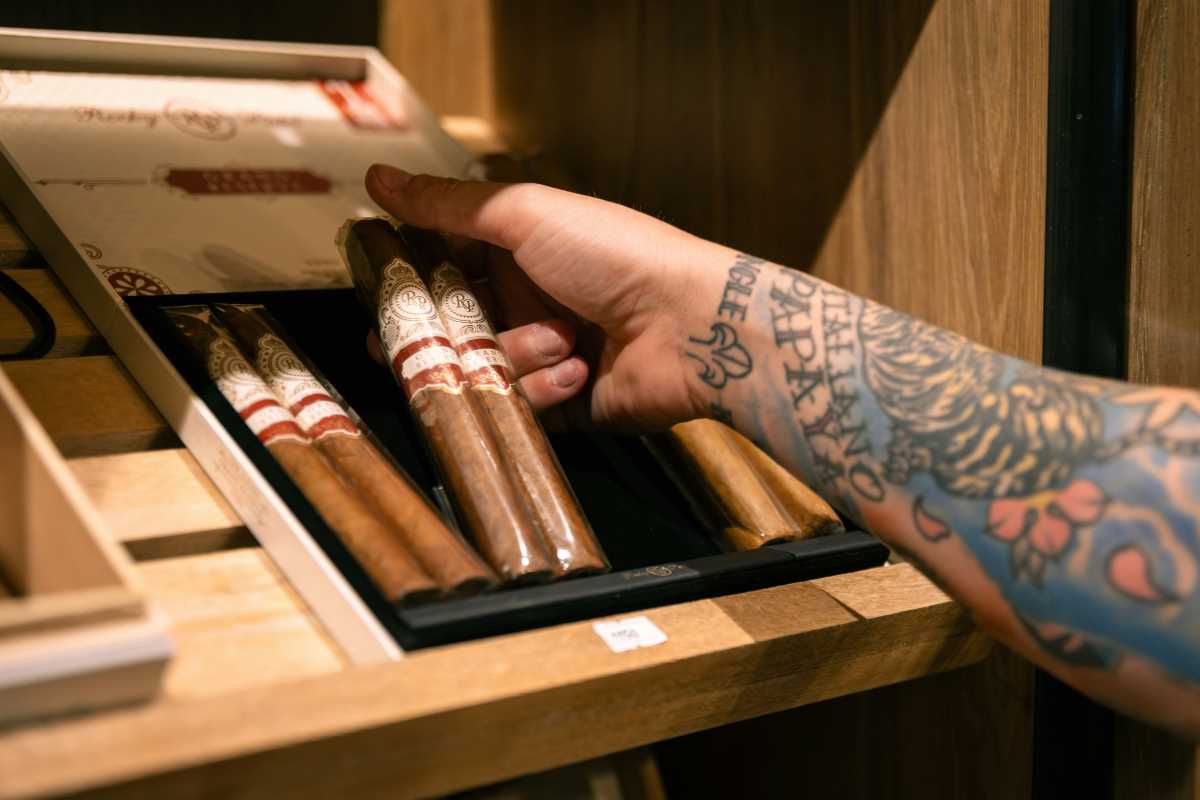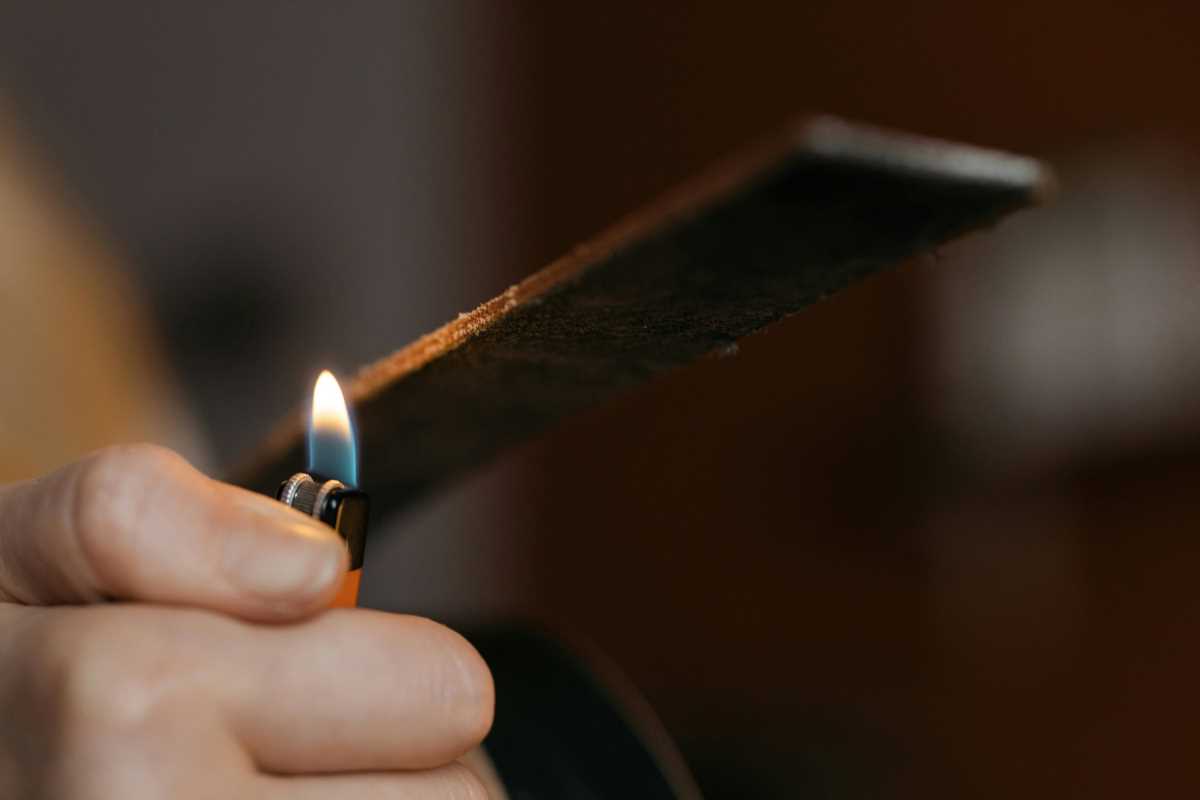Slow-cooked barbecue brings out incredible flavors and rewards patience with unforgettable meals. You take charge of every step, from setting up your grill to selecting the best wood for smoking. As you manage the temperature and monitor the smoke, you pay close attention to the details that make each bite special. This process adds depth and character to your dishes, turning a simple cookout into a memorable event. As you practice and refine your skills, friends and family will notice the mouthwatering results, and you’ll find yourself looking forward to every opportunity to fire up the barbecue.
This guide shares practical insights and step-by-step tips to help you explore the world of slow-smoking. It explains essential gear, outlines the differences between wood types, and reveals common challenges with simple fixes. Explore every tip in this guide, and you might be inspired to experiment with gear and smoking techniques that truly transform your BBQ experience.
Must-Have BBQ Equipment for Low and Slow Cooking
Building an impressive BBQ setup begins with the right equipment that suits your style of slow-cooked meals. Choosing quality tools allows you to fine-tune your cooking and handle unexpected challenges during long smoking sessions. Reliable gear helps you maintain a steady temperature, control smoke levels, and gives you the control needed to create tender, flavorful meats.
Include items that improve cooking efficiency and keep safety in mind. Here are some essential pieces of equipment:
- Smoker or Grill: Select models like the Traeger or Weber. A quality smoker lets you keep the required temperature and distribute heat evenly for a perfect cook.
- Digital Thermometer: Track the meat’s internal temperature to ensure safe and tasty results.
- Chimney Starter: Use this tool to light your charcoal quickly and reliably without chemicals, ensuring a clean smoke flavor from the start.
- Heat-Resistant Gloves: Protect yourself and stay flexible when adjusting your grill’s settings or rearranging coals.
- Wood Chips or Chunks: Try different woods to enhance flavor, adding depth to your smoked meats.
With these items ready, you set yourself up to confidently handle each step during your low and slow sessions.
Selecting the Right Wood and Charcoal
The choice between various types of wood and charcoal directly affects the flavor of your food. Each wood type has its own aroma and flavor strength, allowing you to tailor your smoking to match different cuts and styles. Using a good mix of fuel is crucial for maintaining consistent heat over long cooking hours.
Here are some options and their flavor profiles:
- Oak: Offers a medium smoky flavor that pairs well with many meats, making it a popular choice.
- Hickory: Produces a richer, stronger smoke that enhances the taste of red meats while adding a hint of sweetness.
- Apple Wood: Provides a light, fruity smoke perfect for poultry and pork, delivering a balanced flavor.
- Mesquite: Offers an intense flavor that pairs best with beef, but use it sparingly to avoid overpowering the meat.
Charcoal also plays an important role. Look for briquettes that burn steadily and generate high heat, complementing your chosen wood. Managing the mixture of wood and charcoal can turn a simple cookout into a carefully controlled flavor adventure.
Perfecting Smoking Techniques
Once you have the right gear and fuel, the next step involves refining your smoking method. Developing your technique requires practice and close observation of the process. Adjust your approach based on different meats and weather conditions.
Follow this simple step-by-step guide to bring out the best in your smoked dishes:
- Prepare Your Meat: Season it generously with a dry rub and let it rest. This process allows the flavors to penetrate the meat before it meets the smoke.
- Set Up Your Smoker: Light the charcoal and add your chosen wood chips or chunks. Adjust the vents to establish a steady airflow and keep the heat consistent.
- Place the Meat: Arrange the meat on the grill grates, leaving enough space for smoke to circulate around each piece.
- Monitor the Temperature: Use a digital thermometer to track the internal temperature. This step helps you reach the proper doneness without overcooking.
- Rest and Serve: Once the meat hits the desired temperature, let it rest before slicing. This step locks in the juices, ensuring each bite remains tender and flavorful.
Following these steps builds your confidence and skill, helping you create mouth-watering dishes that impress your guests and family members alike.
Controlling Temperature and Keeping an Eye on It
Controlling heat during a BBQ session is vital to keep flavors consistent. Pay close attention to both the smoker’s temperature and the internal temperature of the meat. Using high-quality monitoring tools makes managing temperature an intuitive process. Keeping the heat steady ensures your meat cooks evenly and remains juicy over extended periods.
Many experienced cooks emphasize the importance of maintaining a smooth temperature curve rather than abrupt shifts. Use a precise thermometer and carefully watch your smoker to avoid mishaps that could ruin the final result. Techniques like adjusting air vents gradually or rearranging coals during long sessions help you stay within the recommended range for low and slow cooking.
Fixing Common BBQ Problems
Sometimes, things don't go as planned when smoking meat. Knowing how to troubleshoot keeps your sessions on track. Being aware of typical issues and quick fixes helps you stay in control. Experienced cooks share insights from years of trial and error, which can help you avoid common mistakes when outdoor conditions change.
Here are some frequent problems and easy solutions to get your BBQ back in shape:
- Fluctuating Temperatures: Check your coals' placement and adjust the vents to stabilize heat levels.
- Excessive Smoke: Reduce the amount of wood chips or briefly close the lid to clear out excess smoke.
- Dry Meat: Wrap the meat in foil during later stages of smoking to retain moisture and prevent overcooking.
- Undersalted or Underflavored Meat: Lightly mist with apple cider or a simple marinade to boost flavor without overpowering the natural taste.
Quickly fixing these issues helps you maintain control over your cooking environment and ensures every session ends successfully.
These techniques let you improve your BBQ skills and refine your grilling with each session for better results.
 (Image via
(Image via

.jpeg)



